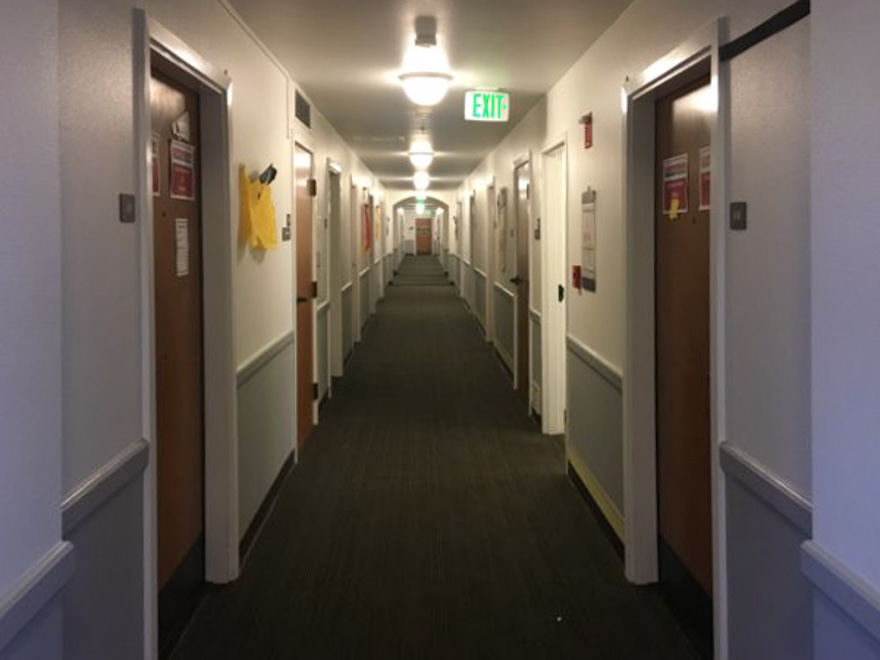Stanford is still seeking to fill a number of Resident Assistant (RA) positions, just one month before student staff is set to move to campus.
The University also announced that rising sophomores who have lived on campus for at least one quarter and senior co-terms are now eligible to apply for RA positions. There are currently still 30 RA vacancies in Resident Fellow (RF) communities, student affairs spokesperson Pat Harris said, with just one month to go before RAs are set to move in.
The staffing vacancies are the latest challenge as Stanford rushes to implement ResX, an overhaul of residential life, before students move back to campus in September. Eight neighborhoods will now divide the campus into clusters of varying residence types.
Stanford is also restructuring residential education jobs after an unprecedented year of primarily virtual learning, eliminating long-standing positions such as Residence Deans in favor of new Residence Directors.
“Why now?” said Keoni Rodriguez ’22 M.A. ’23, echoing the sentiments of many older students who have mixed feelings about ResX. “It could turn out good, but I feel like it just doesn’t make sense to me at this point.”
RA positions are still available in a number of dorms for frosh, including Adams, Branner, Burbank, Crothers, Robinson, Sally Ride, Toyon, Twain and Trancos. If selected to staff, students will live in the house and neighborhood to which they are assigned as an RA, and then be placed into their original neighborhood assignment the following year.
RAs earn a quarterly stipend of $3,800 and will move to campus early, starting Saturday, Aug. 28. They will undergo mandatory training from Aug. 30 through Sept. 9. According to Harris, training may include exercises focused on community building, supporting students in crisis and conflict resolution.
Harry Katz ’23 was excited to see that RA positions were still open after he missed the first application deadline. He said that his RAs were “really fundamental to me finding a pretty solid footing at Stanford quickly.”
But, Katz said, the University’s timing was a bit concerning. The interest form is due just over one month before RAs are scheduled to move to campus for training.
“The fact that a month before showtime, basically, that this is the point where they’re at, does make me worry about the support that those RAs and RFs are going to get through the coming year,” he said.
Rodriguez said that while he wishes the decision to expand eligibility for student staff had been made earlier to avoid confusion, he is glad the University is opening spots up to rising sophomores and older students after a number of students took the pandemic year off from school.
“I know a lot of people who will technically be sophomores that I think would be great staffers,” Rodriguez said.
The number of RAs in each dorm is determined by a ratio of 1:15 in communities with frosh and 1:20 in upper-class communities, Harris said. University Theme Houses have an additional staff member to assist with the theme. Academic theme houses and Greek houses have one additional staff member. Ethnic dorms and co-ops have three extra positions.
“Our goal is to provide equity in staffing across the system, while taking into consideration the unique aspects of each of these communities,” Harris said via email.
